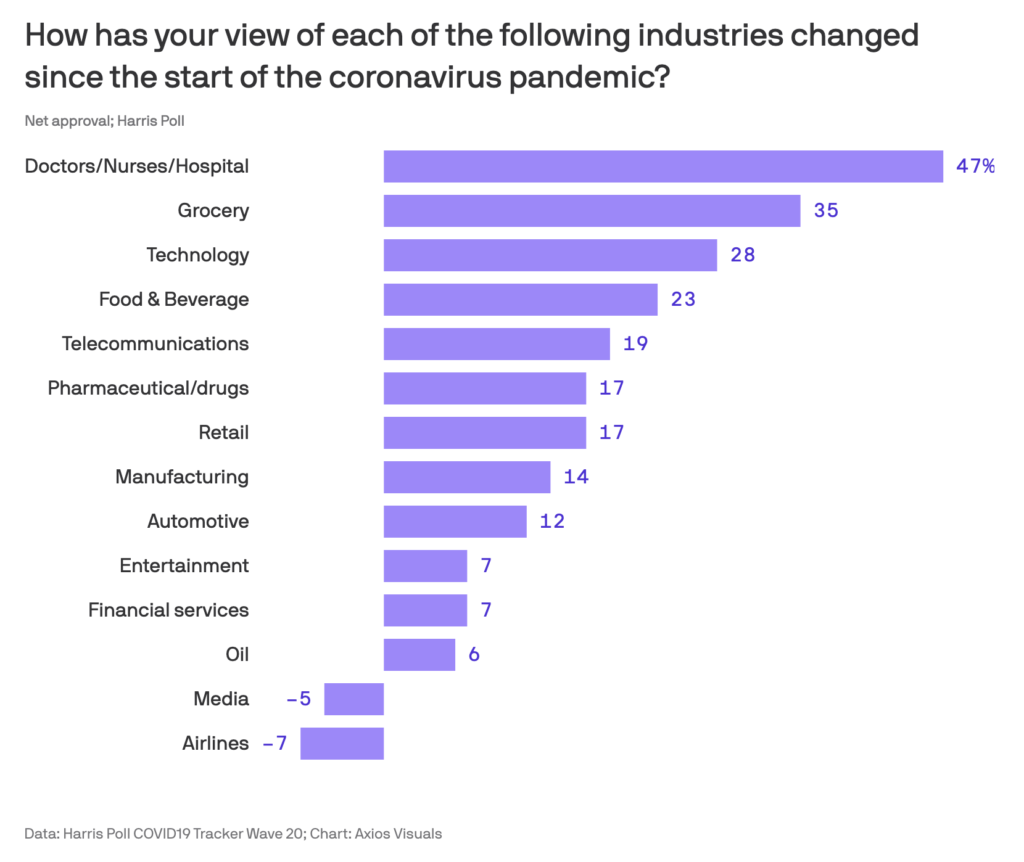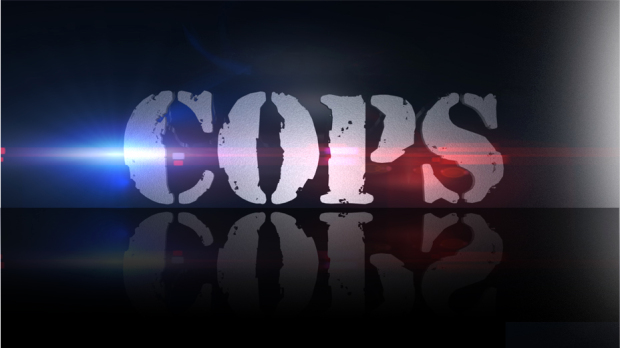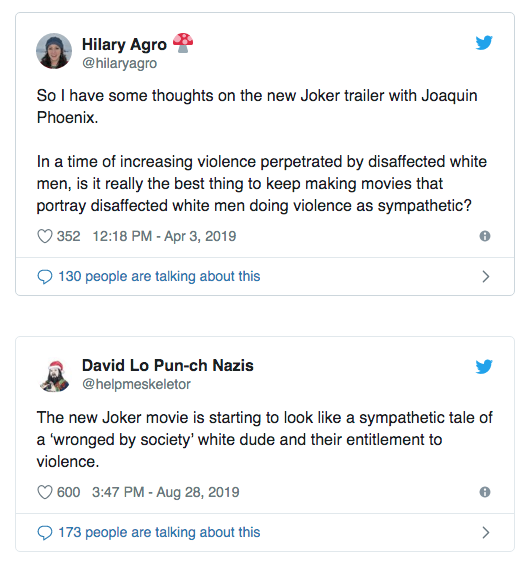In what may be the greatest TV commercial of all time, Apple introduced the macintosh computer to Super Bowl viewers in 1984. Flash forward more than 35 years to the present where Epic Games has turned the table. According to their website…
Apple has blocked Fortnite from the App Store, removing everyone’s ability to install and update the game on iOS devices, while instructing Epic to “remove the ‘Epic direct payment’ feature”. Apple is keeping prices high so they can collect 30% of your payments, and is blocking Fortnite in order to prevent Epic from passing on the savings from direct payments to you! Join the fight against @AppStore on social media with #FreeFortnite
https://www.epicgames.com/fortnite/en-US/news/freefortnite
Here’s the remake…
The Apple App Store has been a tightly controlled asset for many years, contributing to Apple’s dominance in the mobile gaming market. Maybe this is part of the reason why Apple is approaching a net value of $2 Trillion. With Epic Games worth a tiny fraction of that amount, this could be shaping up to be an epic David v Goliath battle, and if history is any indication, it may be wise to put your money on the underdog.
UPDATE: Spotify and Match Group (dating app powerhouse) are showing support for Epic Games by speaking out against Apple’s 30% “App Store tax.” It’ll be interesting to see who else jumps on this train.






:format(webp):no_upscale()/cdn.vox-cdn.com/uploads/chorus_asset/file/19369042/Pj2lhsF.jpg)


